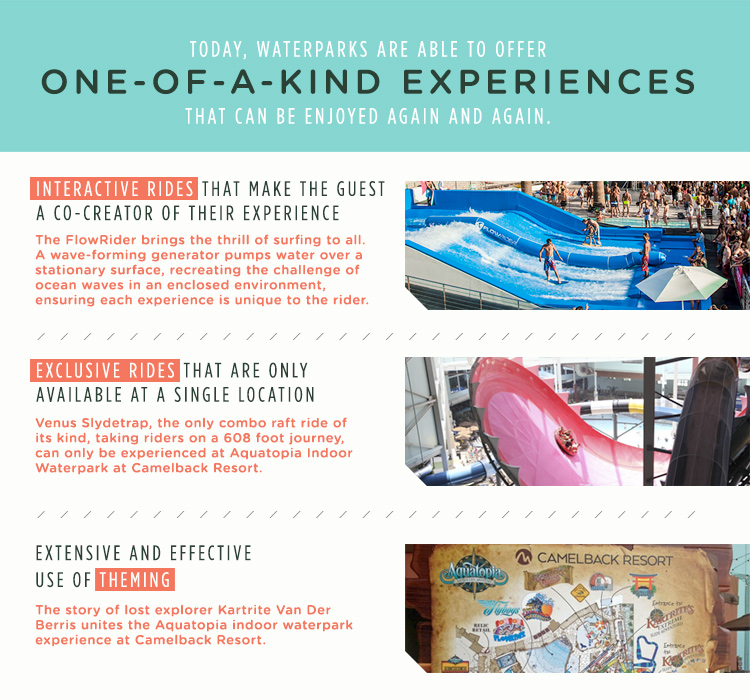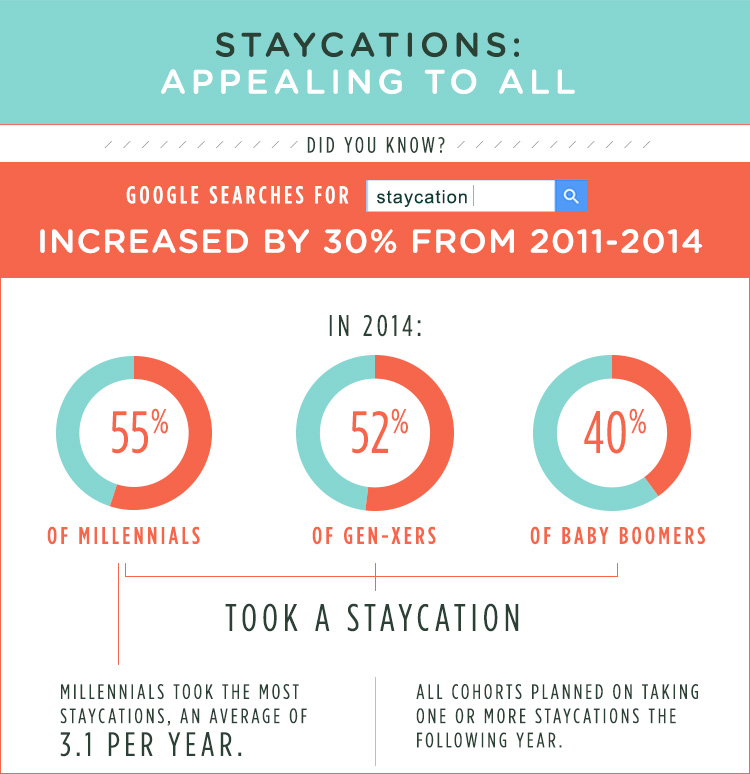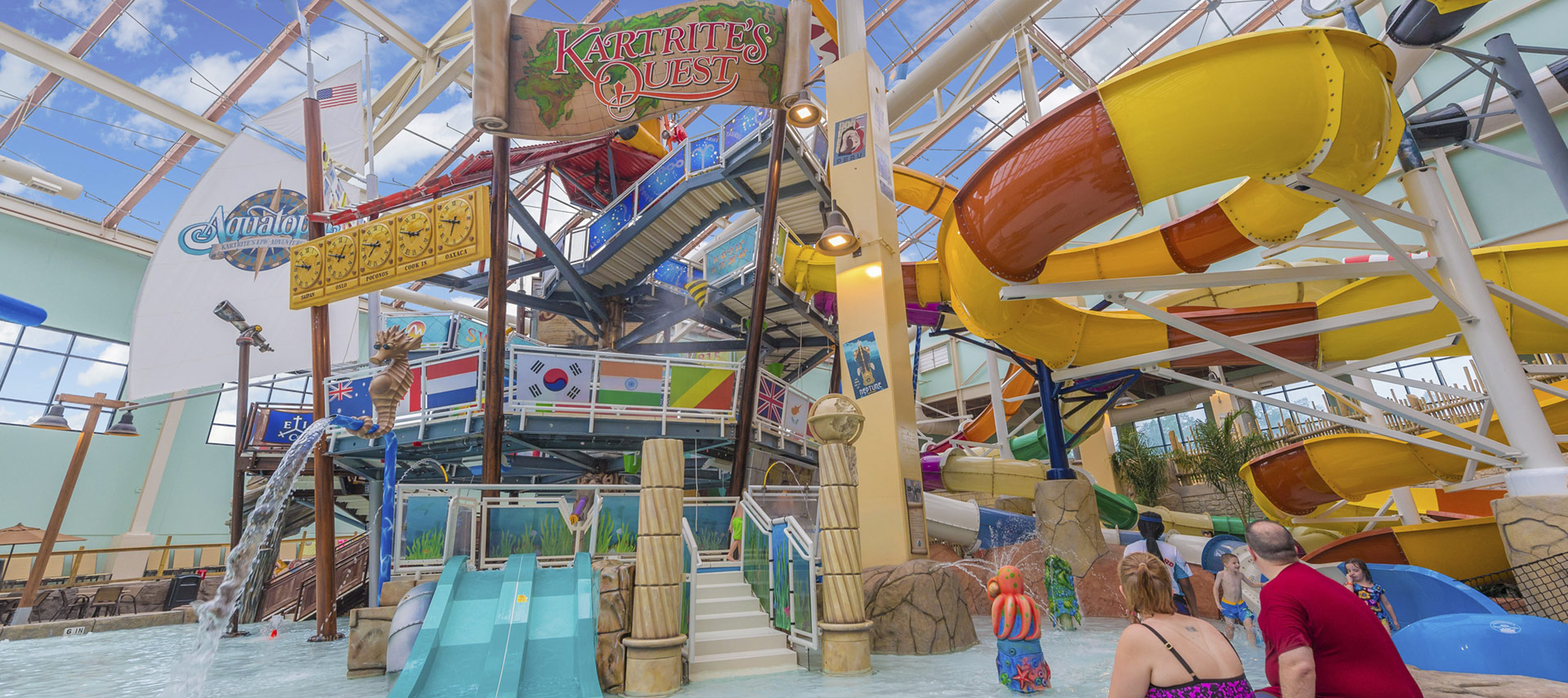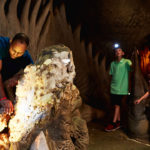The waterpark industry continues to expand in North America, with more than $500 million of new investment in indoor, outdoor, and hotel waterparks in 2015, according to industry analysts Hotel & Leisure Advisors.
As with other recreation and entertainment-based properties, the importance of experience has emerged as a key driver of waterpark renovations, expansions, and the introduction of new technologies and concepts.
Many of today’s waterparks offer an experience similar to that of a visit to an amusement or theme park in terms of innovative thrill rides, the use of integrated story and theme, and the advanced interactivity offered to guests.
Industry Differentiation
Differentiation within the waterpark industry is critical for operators, who are constantly making their waterpark experience bigger, better, and more suited to the desires of their guests.
Operators agree that the success of a waterpark comes down to the complete guest experience. This focus on experience is in turn creating healthy competition within the industry, raising the bar for all waterparks as they strive to offer an experience that stands out for guests and creates return visits.

Hybrid rides, slideboarding, & other innovations
Innovative slides that utilize advanced engineering and technology set a waterpark apart from its peers, attracting new guests while keeping existing guests engaged.
Hybrid slides allow two, three, or even four separate rides to be combined into a single ride path, enabling multiple rides to be experienced in one trip. Multi-person rides are also becoming increasingly popular, as guests want to share the experience with their friends and family.
The recent addition of “slideboarding” brings gaming technology to the waterslide experience, allowing riders to interact with the ride and compete against friends and family. Games are progressive and feature “levels” similar to video games, ensuring a customized experience for every skill level and increasing the attraction of repeating the ride—while the ride doesn’t change, the game element ensures a new result each time.
“I’ve learned technology is most effective when it elevates a traditional play experience instead of replicating or replacing it. The live environment where kids can touch the water, run around, feel the wind in their hair provides the most fun experience.”
Denise Weston, Director of Imagination at WhiteWater West
Denise Weston, Director of Imagination at WhiteWater West, a global leader in waterpark design, engineering, and manufacturing (and the team behind Camelback Resort’s Aquatopia), invented slideboarding after observing the way her own son made up competitive games with his friends utilizing existing slides at the waterpark.
She applied her observations by maintaining the essential elements of the waterslide experience and enhancing rather than changing the fundamentals. She stated that “I’ve learned technology is most effective when it elevates a traditional play experience instead of replicating or replacing it. The live environment where kids can touch the water, run around, feel the wind in their hair provides the most fun experience.”
Creating the theme park experience (for less)
Rick Root, president of the World Waterpark Association, told the New York Times last year that families, the core waterpark audience, “are pressed for time–that’s their scarcest resource. Water parks today are about how to get a lot of play value in the shortest period of time.”
Understanding the key drivers of theme parks’ success, waterparks are beginning to integrate similar elements, often at a greater value. This is especially true when considering the additional travel expenses usually required for a theme park visit.
“Large water parks typically cost tens of millions of dollars to build, a fraction of the estimated half-billion-dollar price tag for major theme parks.”
John Robinett, senior vice president of economics at AECOM
To achieve this, the industry has an increased focus on the renovation of existing facilities. In addition, new facilities are building with the “complete experience” in mind, including swim-up bars, full-service spas, and inspired restaurants.
John Robinett, senior vice president of economics at engineering design firm AECOM told the Wall Street Journal in 2012 that “large water parks typically cost tens of millions of dollars to build, a fraction of the estimated half-billion-dollar price tag for major theme parks.”
Staycations: Here to stay
The trend of the “staycation” is proving lasting and is particularly relevant in the waterpark industry, as families have always been the driving force behind waterpark attendance. Waterparks meet the needs of families who are staying closer to home for vacations, or choosing shorter weekend getaways over extended destination vacations.

Multigenerational travel is another shift leisure analysts have been watching for some time. Waterparks are able to provide recreation options for multiple generations at once, from infant and toddler water structures to thrill rides for teenagers and adults, and swim-up bars, spas, and park restaurants for adults of all ages.
At the same time, resort-based indoor waterparks provide added incentive for more traditional vacationing families, as “many traveling families will opt for a hotel with a waterpark over a hotel with fewer kid-friendly amenities. It is becoming more of a deciding factor as a greater number of resorts add waterparks,” according to Hotel & Leisure Advisors.
The waterpark industry has evolved by leaps and bounds since its initial conception in the 1970s, when the attractions were little more than slides positioned at the tops of existing hills. Today’s inspired industry visionaries are using innovative technology to deliver a one-of-a-kind waterpark experience with broad appeal.





